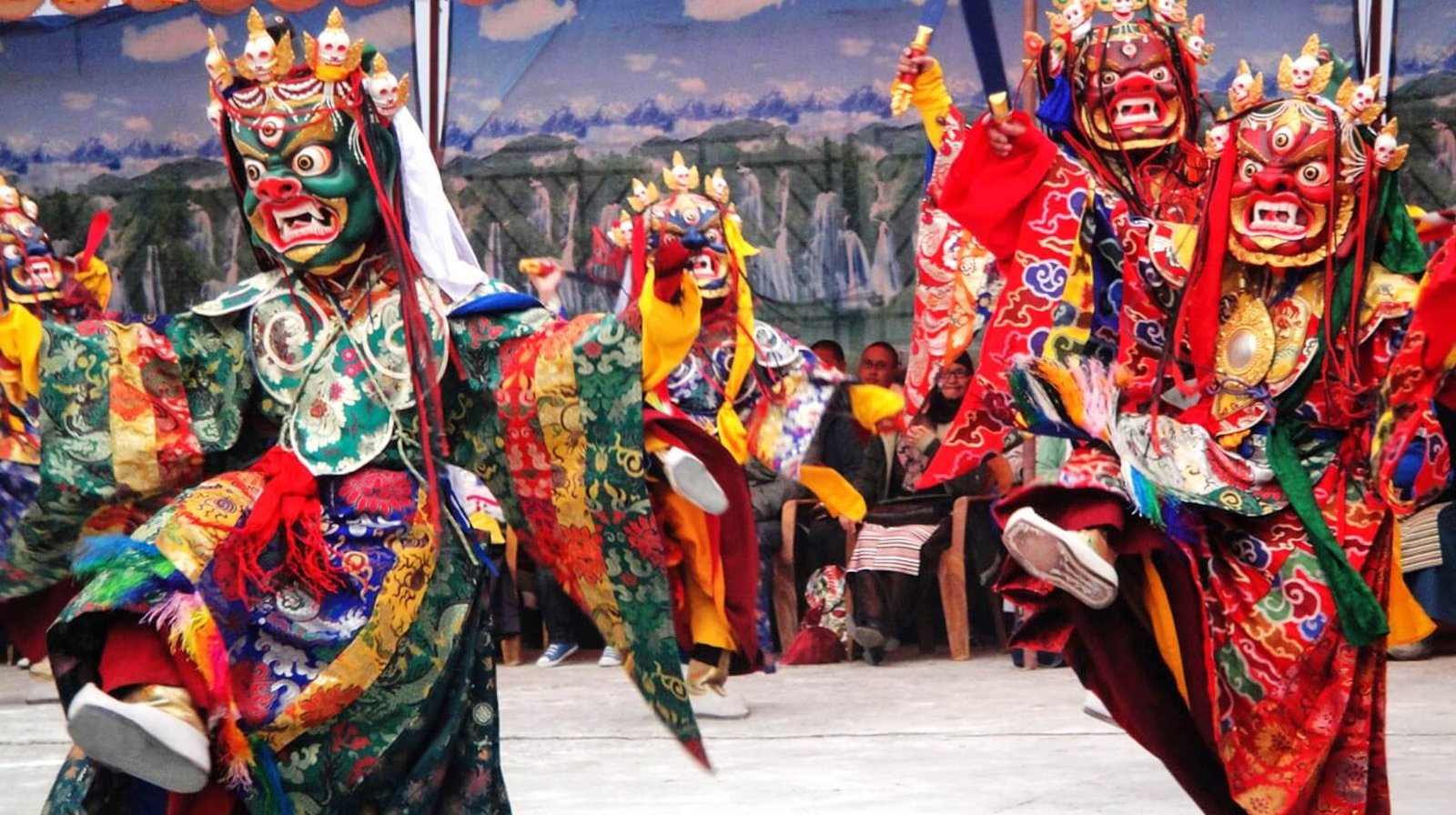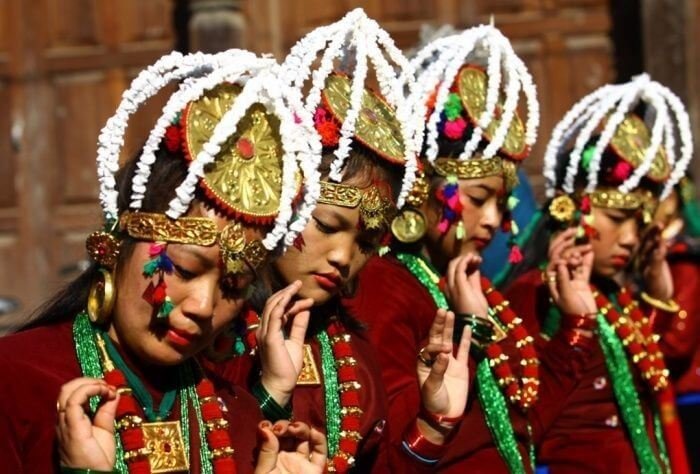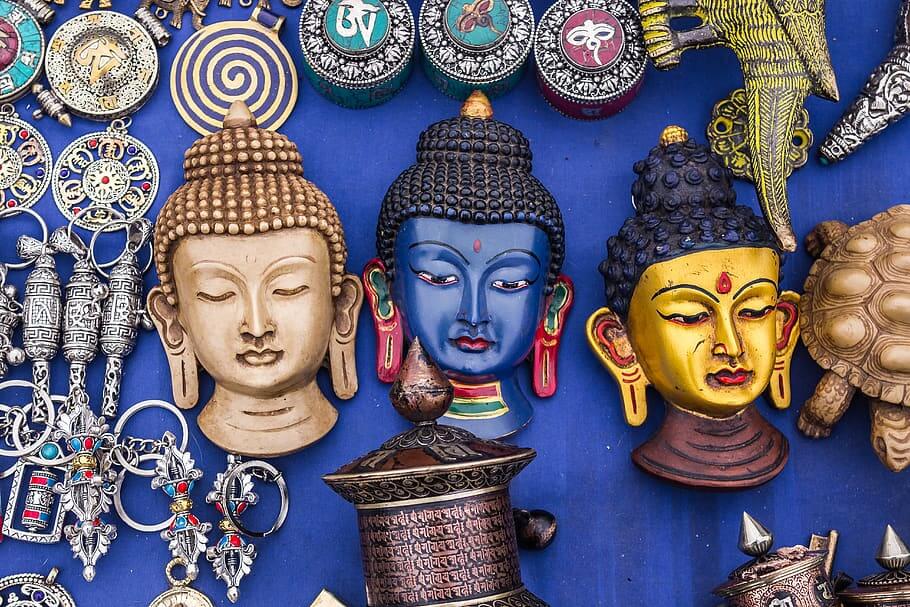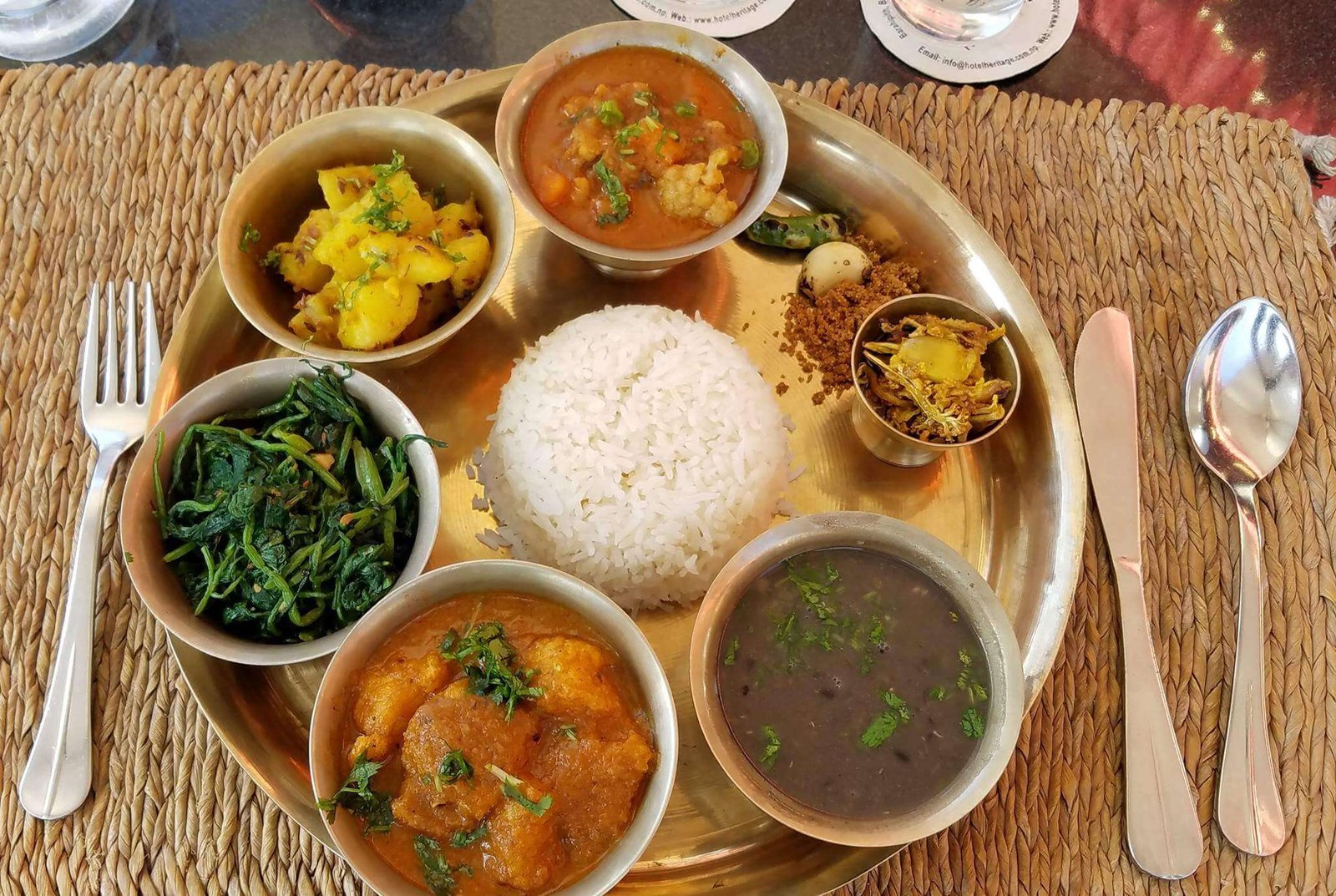Culture & Traditions of Nepal
Nepal, formerly known as the Federal Democratic Republic of Nepal is a landlocked country in the Himalayas. The capital of Nepal is Kathmandu and the currency used in Nepal is Nepalese rupee. It has a diverse culture and has plethora of adventure to offer its visitors.
Over the years Nepal has evolved in terms of its culture and traditions.It has several ethnic, tribal and social groups, each of which have a unique dance, music, drama etc. to offer.
The culture of Nepal is immensely influenced by the Indian and Tibetan Culture.
Festivals of Nepal

Dashain or Vijaya Dashami is the longest religious festival in Nepal. It holds great importance for the Nepalese and falls during late September to mid October i.e. after the monsoon season is over. It is celebrated as the day of ‘victory over the demons’.
The second main festival is Tihar Festival. It falls in the month of November. It is a five day long festival.
The first day is dedicated to bird crow, second day is dedicated to dog puja.
The third and the fourth day are devoted to Lakshmi and Govardhan Puja. The last day is kept for Bhai Tika.
On the last day the brothers and sisters get together. The sister prays for the brother’s long and prosperous life. The festival is filled with light, colours and happiness and thus is a much awaited festival.
Maha Shivaratri Festival is another famous festival in Nepal. It demarcates the birth of Lord Shiva.On this day people perform Rudra Abhishek and pour milk on Lord Shiva.It falls in the month of March.
Buddha Jayanti Festival is a festival pertaining to both Hindus and Buddhists. It signifies the birth of Siddhartha Gautam Buddha. People go to honour lord Buddha on this day.
Other important festivals include Nepal Sambat, Mani Rimdu ,Sagan Ceremony etc.
Nepali Dance & Music

It is believed that the art of dance in Nepal originated in the abode of Lord Shiva, where he performed the Tandava dance. The dance forms in Nepal differ with altitude and region.
There is a variety of unique dance forms prevalent in Nepal among which most are ancient. The Dishka is one of the authentic dance forms of Nepal.
It involves intricate footwork and arms movements. The music accompanying the dance changes according to the theme of the dance such as harvesting of crops, war stories, marriage rites etc.
Among many other highlights in the dance the Tharu stock dance and the crazy peacock dance are some.The Nepalese dance is a treat to the eyes and a must watch when someone visits Nepal.
Art & Craft of Nepal

Nepal has a vast history when it comes to art and craft. Even before the 17th century wood work was present in Nepal and had also become popular. There are magnificent doors and frames present in Nepal.
There are also splendid statues visible throughout the country. Metal craft has also been a famous form of art in Nepal. There is plenty of metal work available in Nepal.
The traditional metal work includes statues of Buddha and his incarnations. When one visits Nepal the artwork of Nepal captivates and mesmerises the visitors and leaves them in awe of its beauty.
Architecture of Nepal
Nepal Sampada Sangha(Nepal Heritage Society) is a inventory which compiles the various architecture and archeological sites of Nepal. It has more than 1262 entries. The pagoda architecture tradition is an ancient form of architecture, seen in Hindu temples of Nepal.
Tibetan style of Buddhist architecture and the stupas are have been used in Buddhist temples.There is a contrasting architecture present in the country.Nepal offers a mixture of Indian and Tibetan architecture.
Mughal style dome, summit style and dome style are also seen in the architecture of Nepal. The architecture of Nepal is rich and signifies its cultural history.
Cuisine of Nepal

Nepali cuisine offers a mixture of Indian and Tibetan cuisine.It differs from one geographical region to the other and depends upon ethnicity, soil and climate of the region.
Dal-bhat-tarkari is prevalent throughout Nepal and is enjoyed by all the people of the country. Dal is a soup which is prepared using lentils and spices. Bhat means rice, sometimes other grains are also served along with dal and tarkari stands for vegetable curry.
Condiments are flavourings served along with food. It is pickle and is available in various flavours. Other accompaniments include lime, lemon and green chilli. Dhindo is a typical Nepali dish. It is prepared using buckwheat.
Momo’s are widely prepared in Nepal, both Tibetan and Nepali styled momos are prepared. Originally they were filled with buffalo meat but now chicken momos, even vegetarian momos are easily available. During festivals finni roti, sel roti, patre are eaten.
Chowmein is another delicacy, which is widely popular in Nepal. The inspiration for this dish is taken from Chinese style stir fried noodles. It is a delicacy which is a staple food in many Nepalese households.
Traditional Attire of Nepal
Dhoti and lungi serve as a daily clothing in Nepal. During the festive season like marriages, celebrations etc. ‘tapalan’ is an outfit which is worn. The women’s traditional dress is called ‘Kurta Suruwal’, it comprises of baggy loose pants, a long blouse along with a large scarf.
The traditional clothing of men is called ‘Daura Suruwal’. Daura is a type of kurta and is the upper garment. Suruwal is the lower garment i.e. the trousers. The coat was added to the costume by Bir Shamsher Jang Bahadur Rana, prime minister of Nepal in the 19th century. Men also wear a waistcoat along with the Daura Suruwal.
Religion of Nepal
Nepal is a home to a wide variety of religions. Nepal’s major population consists of Hindu’s which accounts for 81.3% of the population. Nepal is considered to be the most religious Hindu nation in the world. Shiva is regarded as the deity which protects and governs Nepal.
The famous Pashupatinath Temple, which has been given the status of UNESCO World Heritage Site, is situated in Nepal. Pilgrims from all over the world come to visit this temple. Cows are considered sacred in Nepal and hence killing of cows is prohibited by law.
After Hinduism the second most popular religion in Nepal is Buddhism. About 9% of the population practices this religion. Three main schools of thought in this religion are – Tibetan, Newar and Theravada Buddhism. Other religions that are practiced in Nepal includes Islam, Kiratism, Christianity, Sikhism, Jainism, Judaism etc.
Language & Literature
Nepali Language has been in use in Nepal since 1958. The language originates from Sanskrit language. Originally the language was called as ‘Khas Speech’, spoken by the Khas people of Karnali and Gorkhali, before the term Nepali came into place.
Therefore ‘Khas Bhasa’, the Nepali dialect, is still spoken among some people in Nepal. The Nepali literature can be divided into five periods – Pre-Bhanubhakta era, Bhanubhakta era , Early 20th Century, 1960 – 1991 and Post-revolution era.
Adhyatma Ramayan is a Sanskrit text which describes the story of Hindu epic Ramayana in the Advaita Vedanta framework. The literary explosion in Nepal was fueled by this text.
Nepal, offers a wholesome experience to its visitors. It has a welcoming environment and immediately encapsulates the visitors. In recent times it has become a famous tourist spot.
Surrounded by the Himalayas, Nepal is blessed with unsullied and natural beauty. Nepal is often termed as ‘Heaven on Earth’ because of its rich culture and tradition along with its scenic beauty.